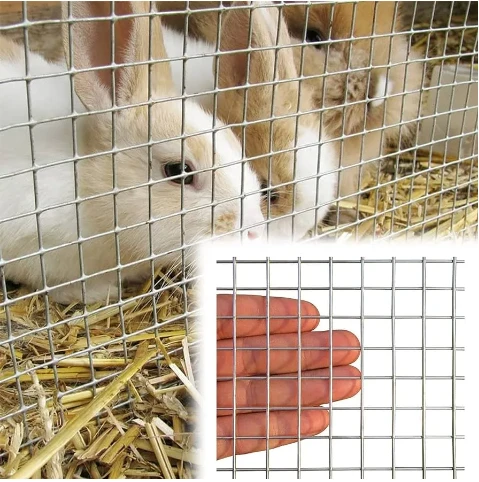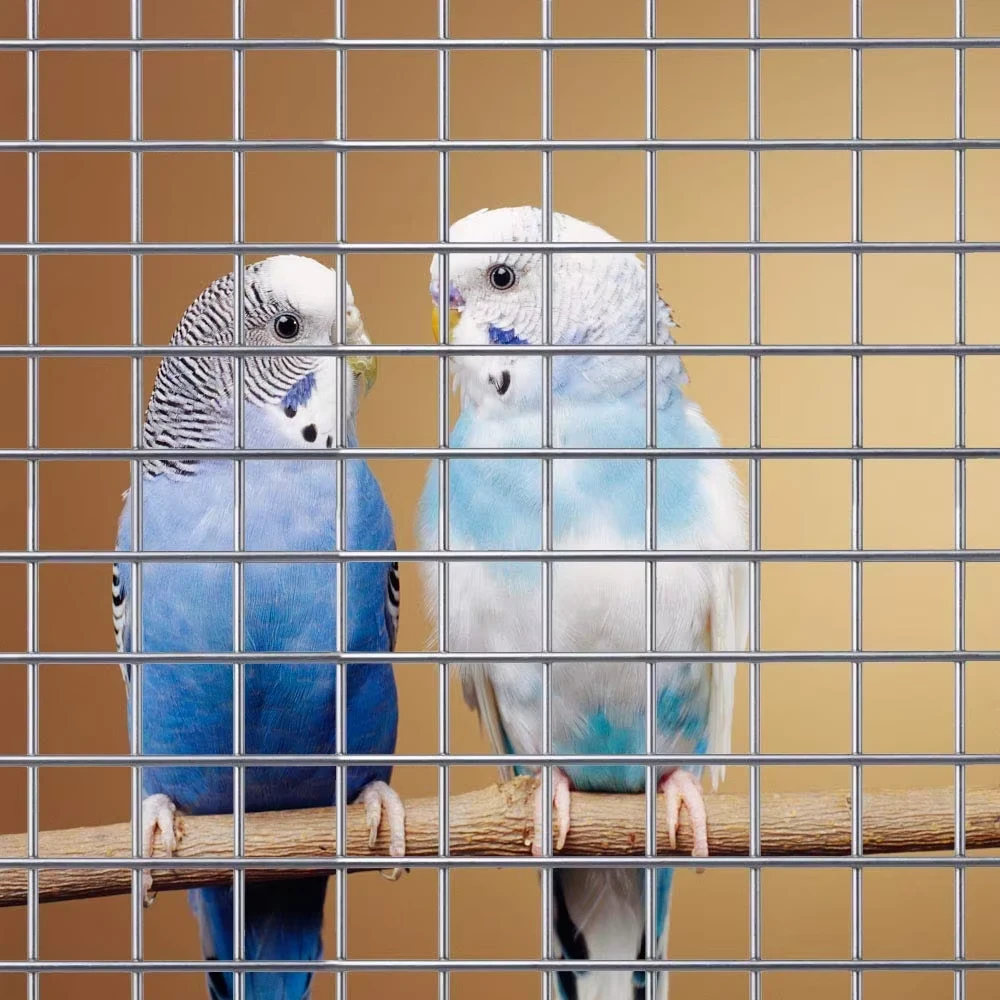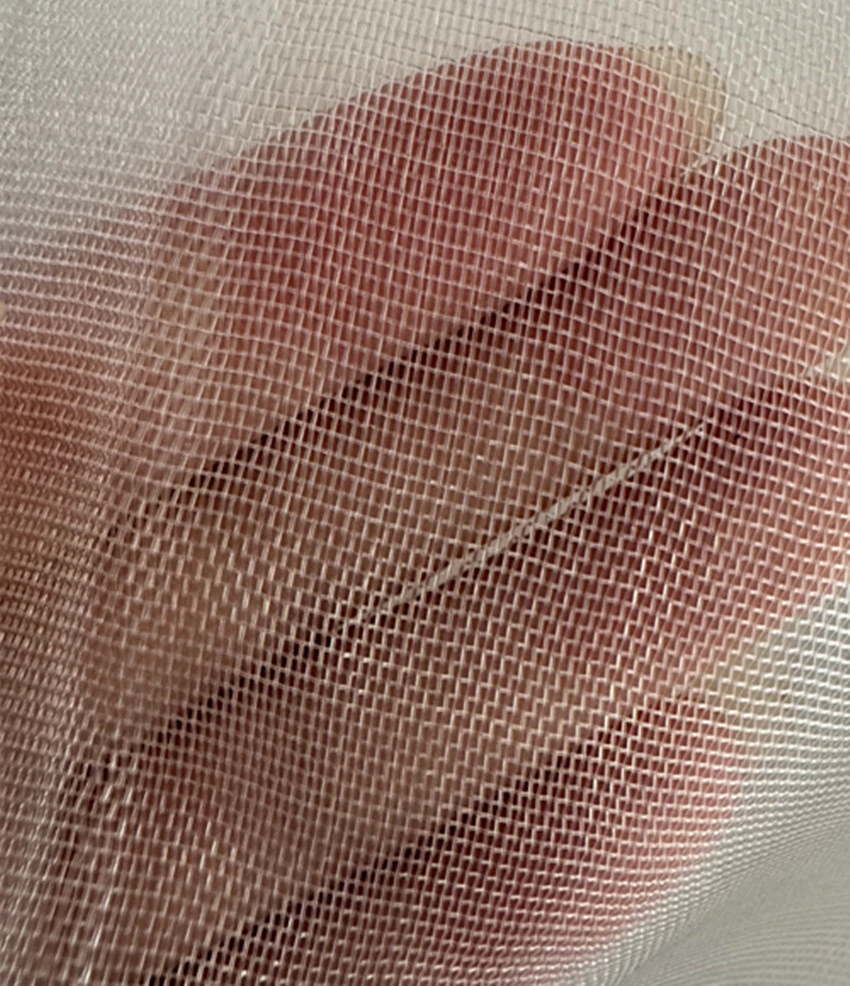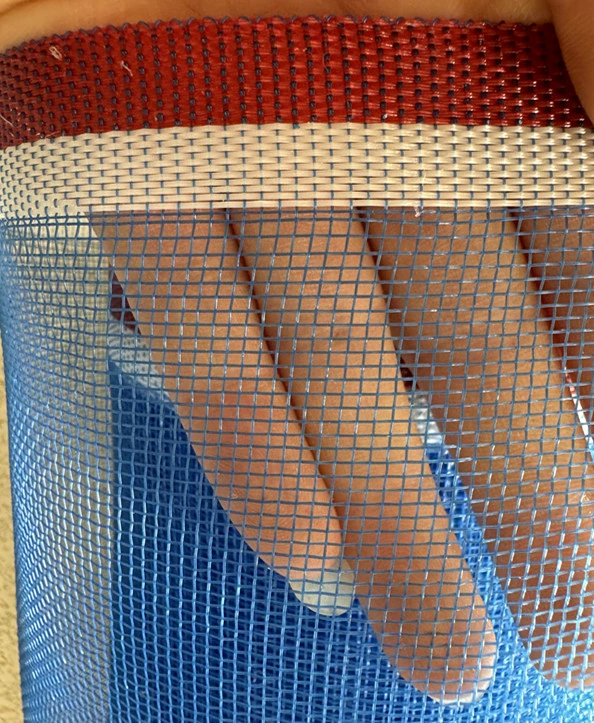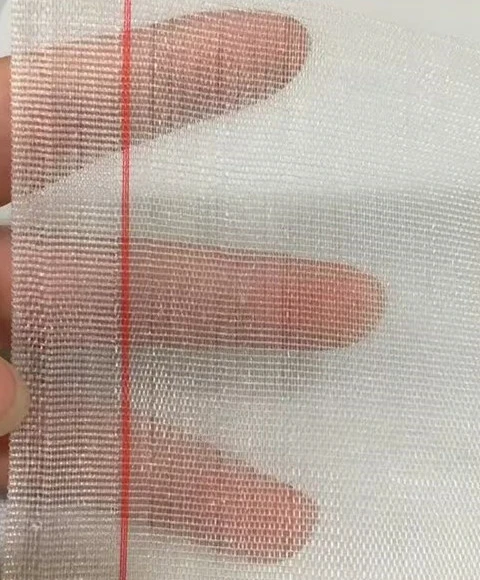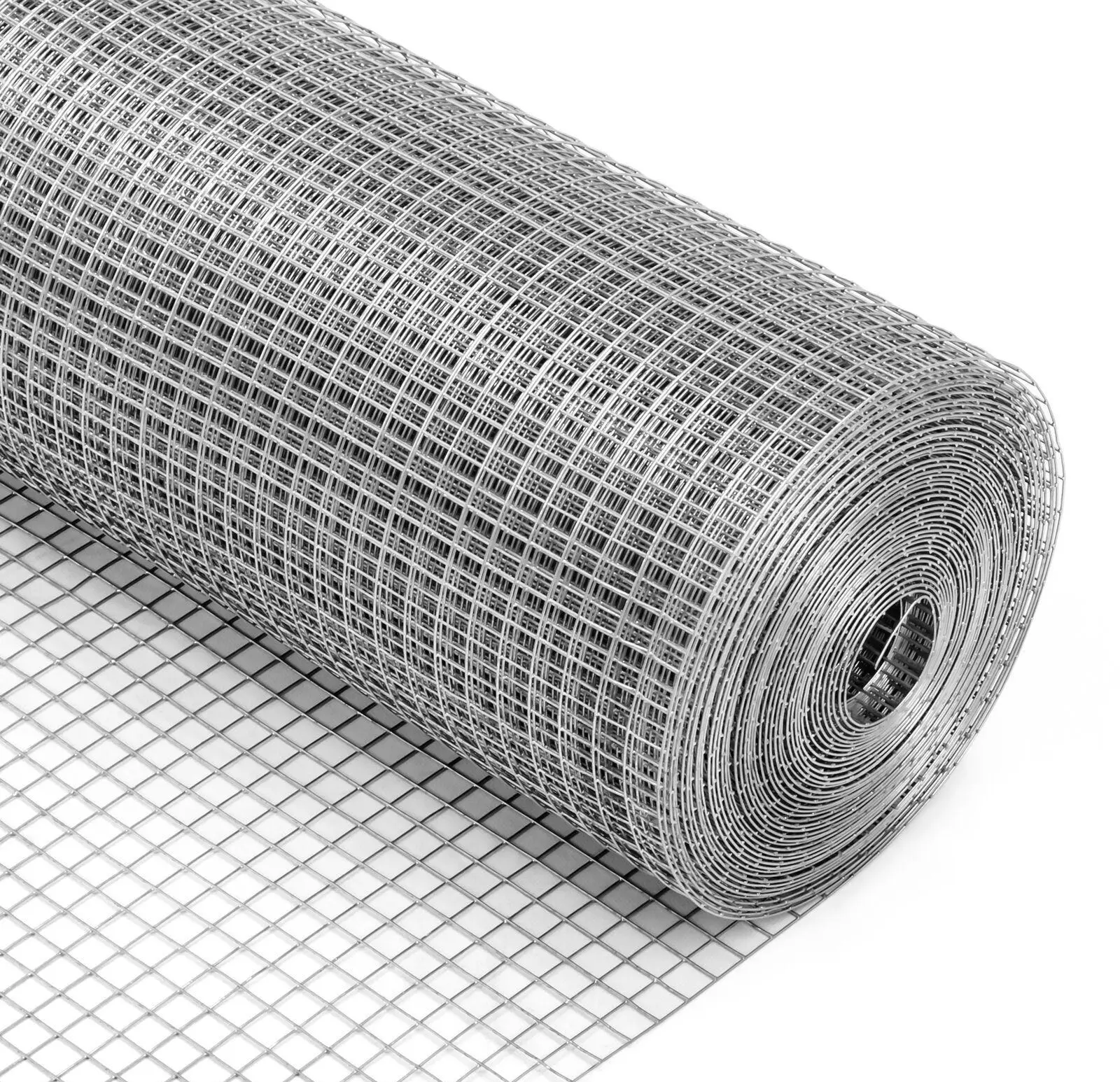-
 Afrikaans
Afrikaans -
 Albanian
Albanian -
 Amharic
Amharic -
 Arabic
Arabic -
 Armenian
Armenian -
 Azerbaijani
Azerbaijani -
 Basque
Basque -
 Belarusian
Belarusian -
 Bengali
Bengali -
 Bosnian
Bosnian -
 Bulgarian
Bulgarian -
 Catalan
Catalan -
 Cebuano
Cebuano -
 China
China -
 Corsican
Corsican -
 Croatian
Croatian -
 Czech
Czech -
 Danish
Danish -
 Dutch
Dutch -
 English
English -
 Esperanto
Esperanto -
 Estonian
Estonian -
 Finnish
Finnish -
 French
French -
 Frisian
Frisian -
 Galician
Galician -
 Georgian
Georgian -
 German
German -
 Greek
Greek -
 Gujarati
Gujarati -
 Haitian Creole
Haitian Creole -
 hausa
hausa -
 hawaiian
hawaiian -
 Hebrew
Hebrew -
 Hindi
Hindi -
 Miao
Miao -
 Hungarian
Hungarian -
 Icelandic
Icelandic -
 igbo
igbo -
 Indonesian
Indonesian -
 irish
irish -
 Italian
Italian -
 Japanese
Japanese -
 Javanese
Javanese -
 Kannada
Kannada -
 kazakh
kazakh -
 Khmer
Khmer -
 Rwandese
Rwandese -
 Korean
Korean -
 Kurdish
Kurdish -
 Kyrgyz
Kyrgyz -
 Lao
Lao -
 Latin
Latin -
 Latvian
Latvian -
 Lithuanian
Lithuanian -
 Luxembourgish
Luxembourgish -
 Macedonian
Macedonian -
 Malgashi
Malgashi -
 Malay
Malay -
 Malayalam
Malayalam -
 Maltese
Maltese -
 Maori
Maori -
 Marathi
Marathi -
 Mongolian
Mongolian -
 Myanmar
Myanmar -
 Nepali
Nepali -
 Norwegian
Norwegian -
 Norwegian
Norwegian -
 Occitan
Occitan -
 Pashto
Pashto -
 Persian
Persian -
 Polish
Polish -
 Portuguese
Portuguese -
 Punjabi
Punjabi -
 Romanian
Romanian -
 Russian
Russian -
 Samoan
Samoan -
 Scottish Gaelic
Scottish Gaelic -
 Serbian
Serbian -
 Sesotho
Sesotho -
 Shona
Shona -
 Sindhi
Sindhi -
 Sinhala
Sinhala -
 Slovak
Slovak -
 Slovenian
Slovenian -
 Somali
Somali -
 Spanish
Spanish -
 Sundanese
Sundanese -
 Swahili
Swahili -
 Swedish
Swedish -
 Tagalog
Tagalog -
 Tajik
Tajik -
 Tamil
Tamil -
 Tatar
Tatar -
 Telugu
Telugu -
 Thai
Thai -
 Turkish
Turkish -
 Turkmen
Turkmen -
 Ukrainian
Ukrainian -
 Urdu
Urdu -
 Uighur
Uighur -
 Uzbek
Uzbek -
 Vietnamese
Vietnamese -
 Welsh
Welsh -
 Bantu
Bantu -
 Yiddish
Yiddish -
 Yoruba
Yoruba -
 Zulu
Zulu
Durable Aviary Nets UV-Resistant & Lightweight Bird Enclosures
- Introduction to Aviary Nets and Their Growing Importance
- Technical Advantages of High-Quality Aviary Netting
- Market Comparison: Leading Aviary Net Manufacturers
- Customization Options for Diverse Bird Enclosure Needs
- Case Studies: Successful Aviary Netting Implementations
- Installation Best Practices and Maintenance Guidelines
- Future Trends in Aviary Netting Solutions

(aviary nets)
Why Aviary Nets Are Essential for Modern Bird Enclosures
The global aviary net market has grown by 18% annually since 2020, driven by rising demand in zoos, private aviaries, and conservation projects. Aviary nets serve as critical protective barriers, combining lightweight design with exceptional durability. Modern bird aviary netting solutions now withstand wind loads up to 90 mph while maintaining 85% light permeability, addressing both safety and habitat quality concerns.
Technical Superiority in Avian Protection Systems
Premium-grade aviary netting incorporates UV-stabilized polyethylene fibers with tensile strengths exceeding 500N/cm². Key innovations include:
- Triple-layer knotting: Increases tear resistance by 40% compared to standard nets
- Anti-abrasion coating: Extends product lifespan to 12-15 years in harsh climates
- Chromatic adaptation: Camouflage patterns reduce bird stress levels by 30%
Manufacturer Performance Analysis
| Brand | Material | UV Resistance | Max Span | Price/Sq.m |
|---|---|---|---|---|
| SkyGuard Pro | HDPE + PVDF | 15 years | 25m | $8.50 |
| AvianShield | Nylon-PET blend | 12 years | 18m | $6.20 |
| DuraNet Ultra | Marine-grade PE | 20 years | 30m | $11.80 |
Tailored Solutions for Specific Applications
Custom aviary netting configurations now account for 45% of commercial orders. Modular systems enable:
- Precision mesh sizing (15mm-150mm)
- Load-adaptive tensioning mechanisms
- Integrated anti-perch wiring
Real-World Implementation Success Stories
Tropical Wings Sanctuary reduced predator breaches by 94% after installing 3,200m² of hexagonal aviary netting. The Singapore Jurong Bird Park project utilized tension-adjusted netting to create column-free spans of 28 meters, cutting structural costs by 22%.
Optimizing Installation and Long-Term Care
Proper installation increases net lifespan by 60%. Critical factors include:
- 3:1 safety factor in anchor point placement
- Seasonal tension adjustments (±15% capacity)
- Bi-annual anti-fungal treatments
Innovations Shaping Aviary Netting Solutions
Emerging smart netting systems integrate environmental sensors and self-repairing microfibers. The latest prototypes demonstrate 0.2mm precision in detecting animal impacts while maintaining 92% weather resistance. These advancements position aviary nets
as multi-functional habitat management tools rather than simple physical barriers.

(aviary nets)
FAQS on aviary nets
Q: What are the primary uses of aviary nets?
A: Aviary nets are designed to safely enclose bird habitats, protect birds from predators, and prevent escapes. They are commonly used in zoos, bird sanctuaries, and residential aviaries.
Q: What materials are best for bird aviary netting?
A: High-density polyethylene (HDPE) is ideal for bird aviary netting due to its durability, UV resistance, and lightweight properties. Stainless steel or coated wire options are also suitable for added strength.
Q: How do I install aviary netting securely?
A: Measure the enclosure area, attach the netting to a sturdy frame using clips or ties, and ensure there are no gaps. Regularly inspect and tighten the netting to maintain structural integrity.
Q: Can aviary nets withstand harsh weather conditions?
A: Quality aviary netting made from UV-stabilized HDPE resists sun damage, rain, and wind. Ensure proper tension and support to prevent sagging or tearing during storms.
Q: How do I choose the right mesh size for aviary nets?
A: Select a mesh size smaller than the smallest bird in the enclosure to prevent injury or escape. For small birds, 1/2-inch mesh is common, while larger species may require 1-2 inch gaps.
-
Why Construction Steel Mesh is the Backbone of Modern InfrastructureNewsJun.27,2025
-
The Ultimate Solution for Versatile Industrial and Consumer ApplicationsNewsJun.27,2025
-
Smart Breeding Starts Here: The Ideal Breeder Net for GuppiesNewsJun.27,2025
-
Maximize Your Harvest with Smart NetNewsJun.27,2025
-
High-Performance Steel Mesh Solutions for Modern IndustryNewsJun.27,2025
-
Durable Solutions for Modern Agriculture and LandscapingNewsJun.27,2025




